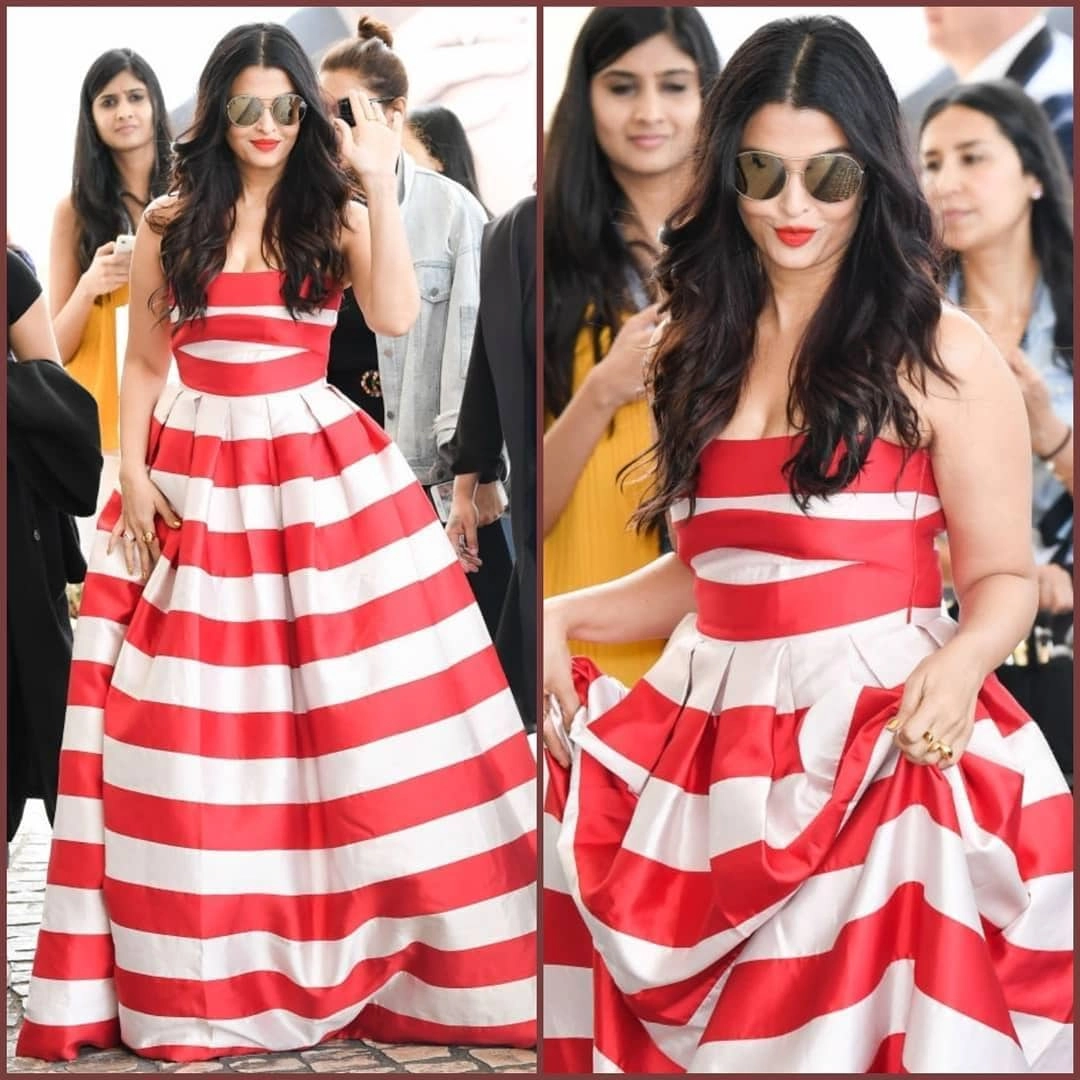The Cannes Film Festival, renowned for its glamour and prestige, has recently made headlines by implementing a ban on nudity and “voluminous” outfits on the iconic red carpet. This decision marks a significant shift in the festival’s traditional approach to fashion, which has often celebrated bold and extravagant sartorial choices. The organizers have expressed concerns that certain styles may detract from the festival’s dignified atmosphere and the artistic intentions behind the event. By imposing restrictions on attire, the festival aims to maintain an air of elegance while focusing on the cinematic achievements being celebrated.
The announcement has sparked a diverse array of reactions within the film community and fashion circles alike. Some see the ban as a necessary step to preserve the integrity of the red carpet and ensure that the focus remains on the films and their creators. Proponents of the change argue that the festival should prioritize artistic expression and the celebration of cinema rather than turning the red carpet into a platform for provocative fashion statements. Conversely, critics have voiced concerns over censorship and the potential stifling of personal expression. Many believe that the red carpet serves as an avenue for artists to showcase their individuality, and restricting options may hinder this creative outlet.
In the wake of this new policy, the fashion world is abuzz with speculation about how this will influence the styles presented at Cannes going forward. Designers are now faced with the challenge of crafting outfits that not only adhere to the festival’s guidelines but also make a memorable impact. The emphasis on elegance and sophistication may lead to a resurgence of classic styles, with a focus on tailored silhouettes and luxurious fabrics. This shift could encourage a renewed appreciation for timeless fashion, allowing attendees to explore a refined aesthetic while still making bold choices within the established parameters.
As the festival approaches, it remains to be seen how these new rules will be embraced by celebrities and attendees. The juxtaposition of creativity and constraint presents a unique dynamic, where artists must navigate their personal expressions within the framework set by the festival. The Cannes Film Festival has always been a place where cinema and fashion intersect, and this latest development raises important questions about the role of attire in artistic representation. Ultimately, the success of this initiative will depend on how well it balances the need for decorum with the celebration of individuality and artistic freedom that are the hallmarks of both cinema and fashion.




